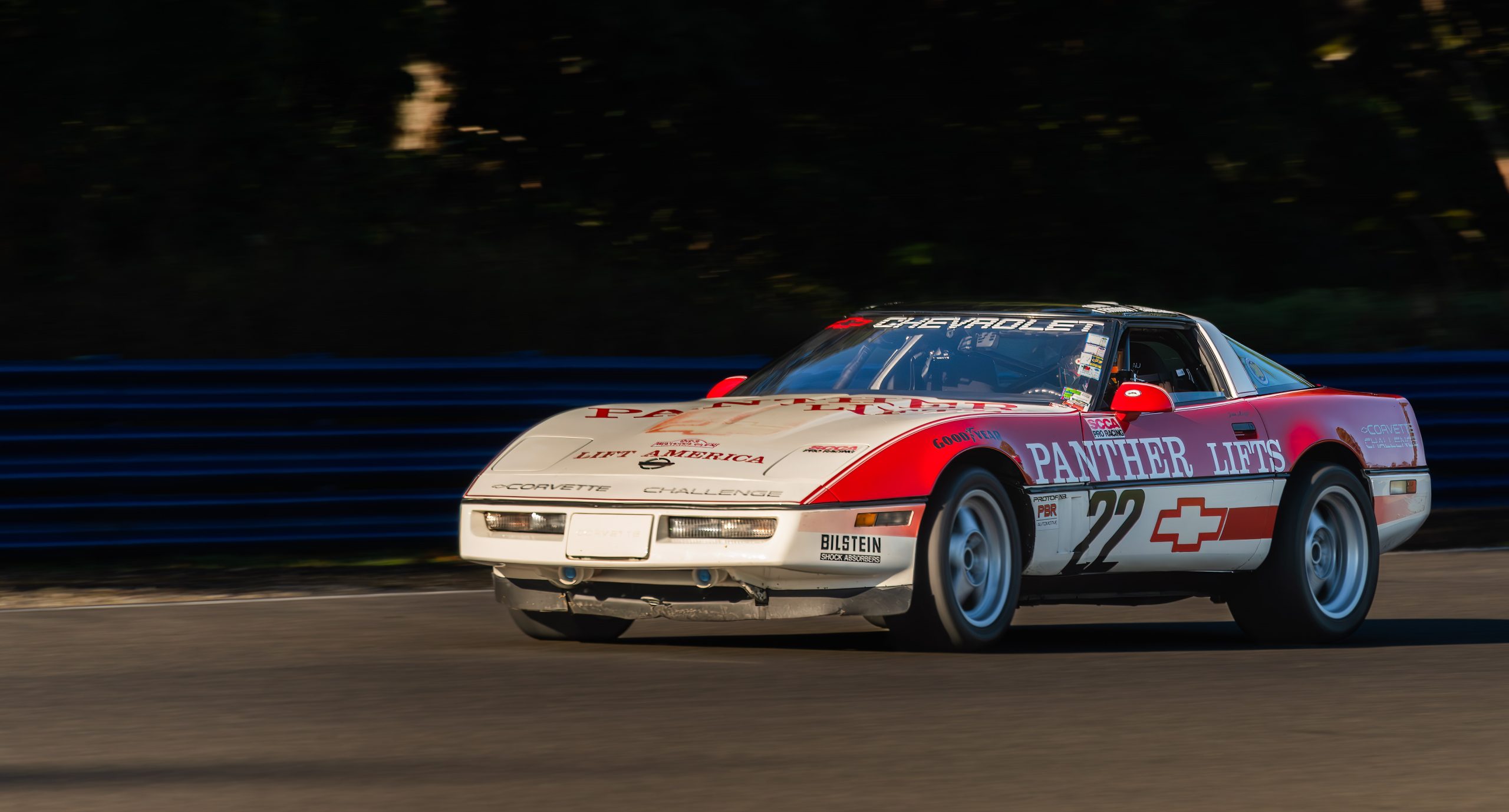Since its debut in 1953, the Corvette has captivated enthusiasts with its sleek design, powerful engines, and exceptional performance while etching its name into the annals of motorsports. The Corvette’s racing history is almost as old as the car itself. Since the C1 generation, the Corvette has competed in various racing events and categories worldwide, often without Chevrolet support, with impressive success on the racetrack. Racing against some of the world’s most prestigious brands, it carved out a legacy in endurance racing, particularly in events like Le Mans and the 24 Hours of Daytona.
Over the decades, the Corvette’s racing lineage has showcased cutting-edge engineering and an unwavering commitment to speed. From the early Stingray models to the modern C8.R, Chevrolet’s relentless pursuit of performance excellence has solidified the Corvette as a global icon. This article explores the milestones and key moments that have shaped the Corvette’s storied racing career, cementing its place as a cornerstone in motorsport history.
No Subscription? You’re missing out
Get immediate ad-free access to all our premium content.
Get Started



